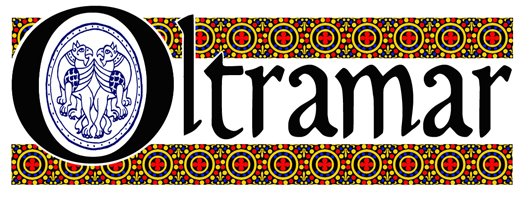Ellie's getting married soon and wanted to use wax seals on the wedding invitations, so we set out in search for some sealing wax and eventually found some (although the clerk initially thought we'd asked for something for the ceiling…).
I grabbed a spoon and a small lamp as, in the good old days, this was how one melted sealing wax; and I didn't trust the newfangled wick thingy in the middle of the wax stick. We melted about a spoonful and then tried to pour it onto the paper - it was a lot thicker than I remembered and most of it clung to the spoon like a preteen girl to a One Direction photo; so we thought we'd try lighting the wick and melting it that way (and just put up with the inevitable traces of carbon through the wax >.<)
Napalm. Burning plastic falling from the heavens. Setting fire to the paper. Repeatedly. We peeled off the small amount that we'd spooned onto the paper previously and found it flexible (WTF??) and very unlike the old-style sealing wax - it didn't even smell right LOL! Tried breaking a bit off the stick to melt in the spoon and found that the stick was soft and bendy… Bloody plastic! With bloody wax on the outside!
FFS.
We'll make some ourselves.
How hard can it be?
>.<
From memory, sealing wax was originally (at least, in the twelfth/thirteenth centuries) a mixture of beeswax and resin but I wasn't sure of the ratio. We made some up 1:1 and then deserted the greasy mess for the internet and tried to find a hint as to how much beeswax to how much resin to use, but all the recipes were for post-1600 wax which included shellac and, frequently, vegetable turpentine.
Eventually we settled into experimental mode, and tried a 2:1 (resin to beeswax, still too soft and oily), a 3:1 (looked too oily), 4:1… and the 3:1 set and was just right >.< so added more wax to the 4:1 mix to bring it back to 3:1. The resin was a yellow/orange colour, and the beeswax was stuff I'd scored from a hive and then rendered quite a few times (and was the colour of putty) so even without any dye added the sealing wax looked like caramel. The only powdered dye we had in the house was an antique and venerable pot of Dylon 'Autumn Glory' (which was a lovely 1970s burnt orange and probably dated from about then, too) so we mixed a little of that in, reheated the wax for the fourth or fifth time, and ended up with something that looked like poor-quality chocolate… I think we overcooked it. A lot.
We tested it with the seal, figured we had the proportions right, made a solemn vow to get some red powder dye, then spent half an hour cleaning up the kitchen… But we now have 'real' (if poo-coloured) sealing wax :-)



No comments:
Post a Comment